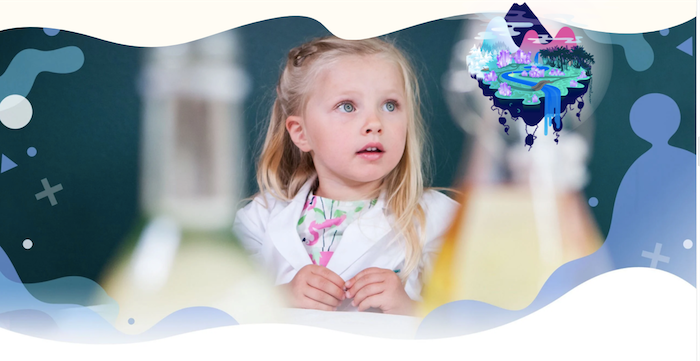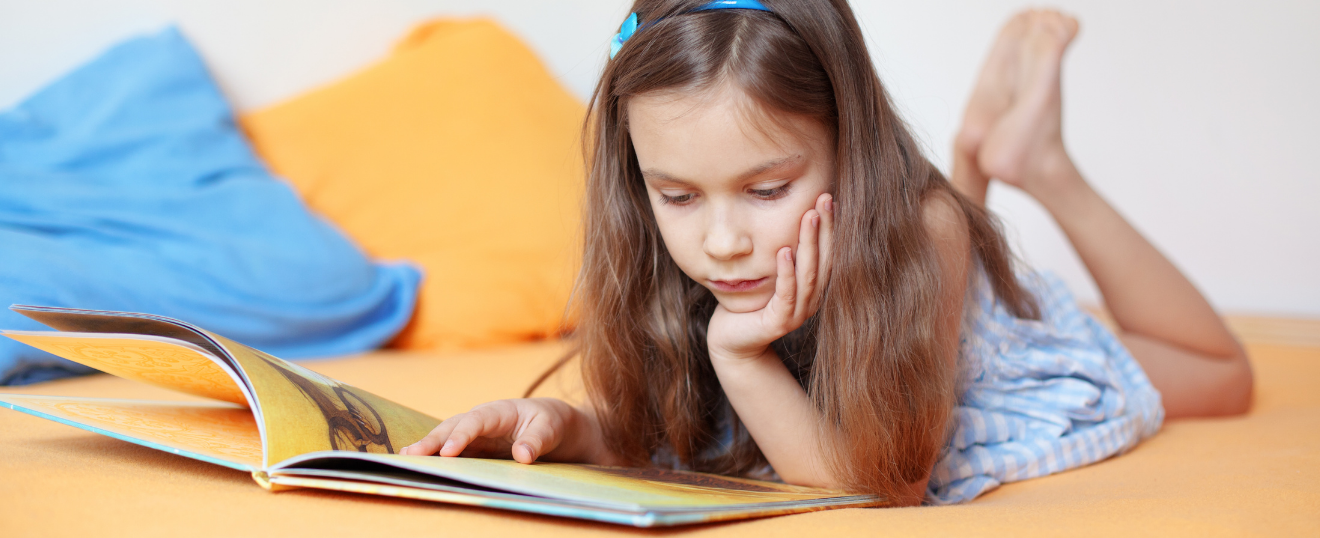 In Finland, children learn through play and we don't score children!
In Finland, children learn through play and we don't score children!
"Preschool educators must now ensure that cognitive, social-emotional and academic curricular goals are met within the context of children's play."
Curriculum learning areas and learning objectives guide the planning of playful activities with the children. But we don’t test how well they have reached each skill or objective.
Instead, new means and methods for formative assessment are required across the whole learning process. We want to understand how children develop and guarantee the quality of children’s learning. As well as engage families and gain their confidence.
Pedagogical documentation, portfolios, and formative assessment give children a voice and reveal their thinking
Pedagogical documentation also known as portfolio learning is an essential working approach in early childhood education and care.
It is a continuous process where learning objectives, observations, documents, and their interpretation in interaction create an understanding of the pedagogical activity.
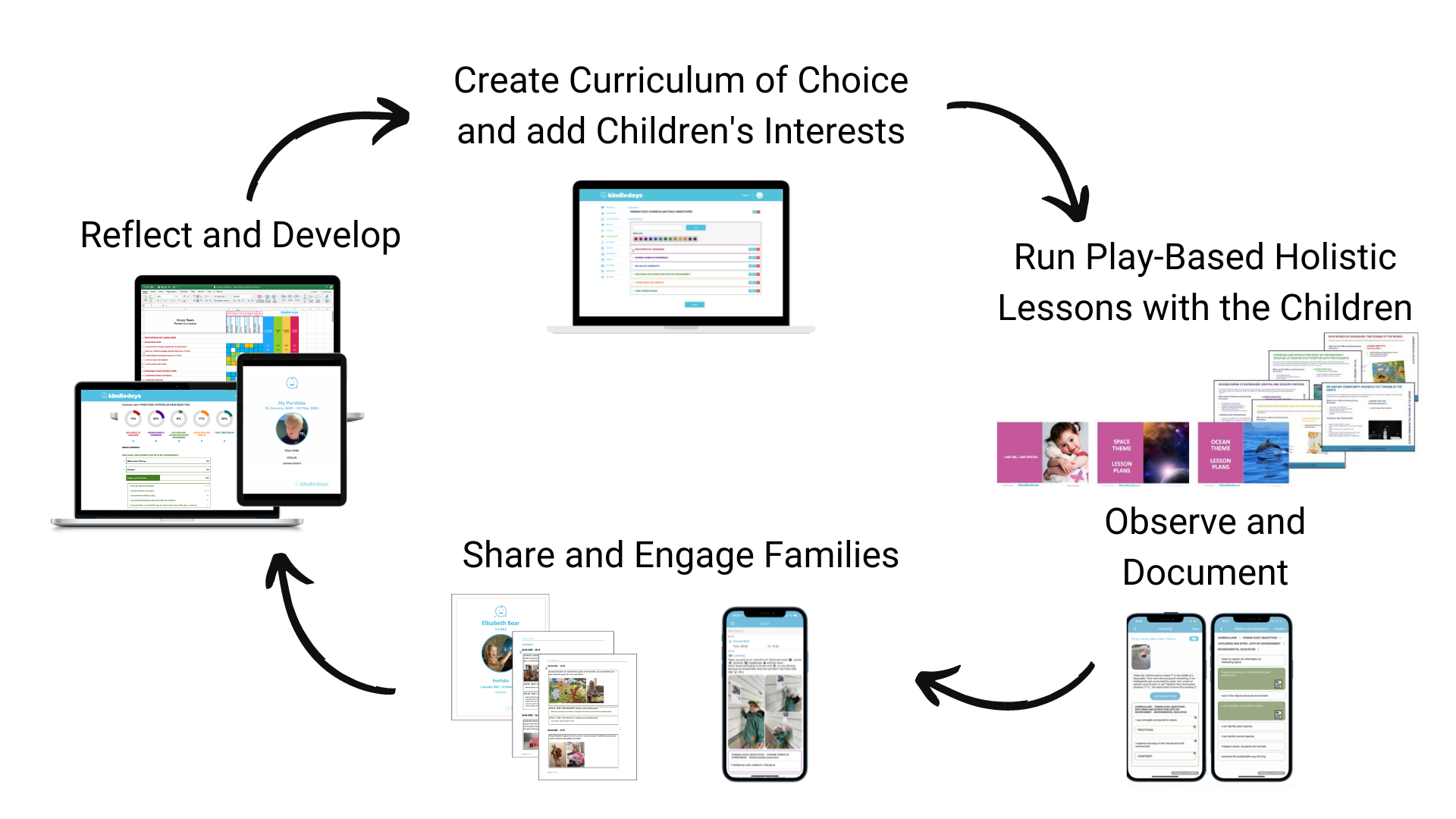
Simply, pedagogical documentation is observing children’s play, projects, discussions, ideas, and inventions via taking photos, making notes, writing down explanations as well as tricky questions, saving artwork, videoing action, recording voice…and using all the documents purposefully.
Pedagogical documentation produces concrete and versatile knowledge about the children’s lives, development, interests, thinking, learning, and needs. Individual observations make it possible to examine the children’s development and learning together with the children and families.
Formative assessment of the knowledge and skills now made visible is used as a basis for planning further activities.
The use of modern technology is a prerequisite for a professional learning process and efficient pedagogical documentation
.png)
.png)
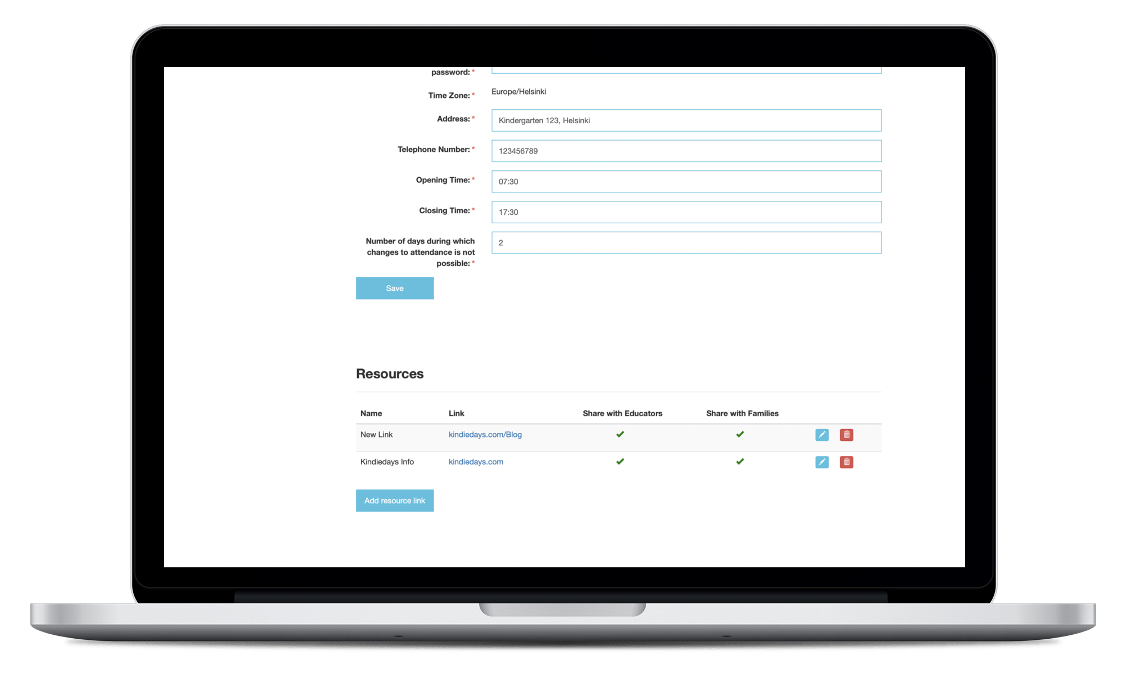
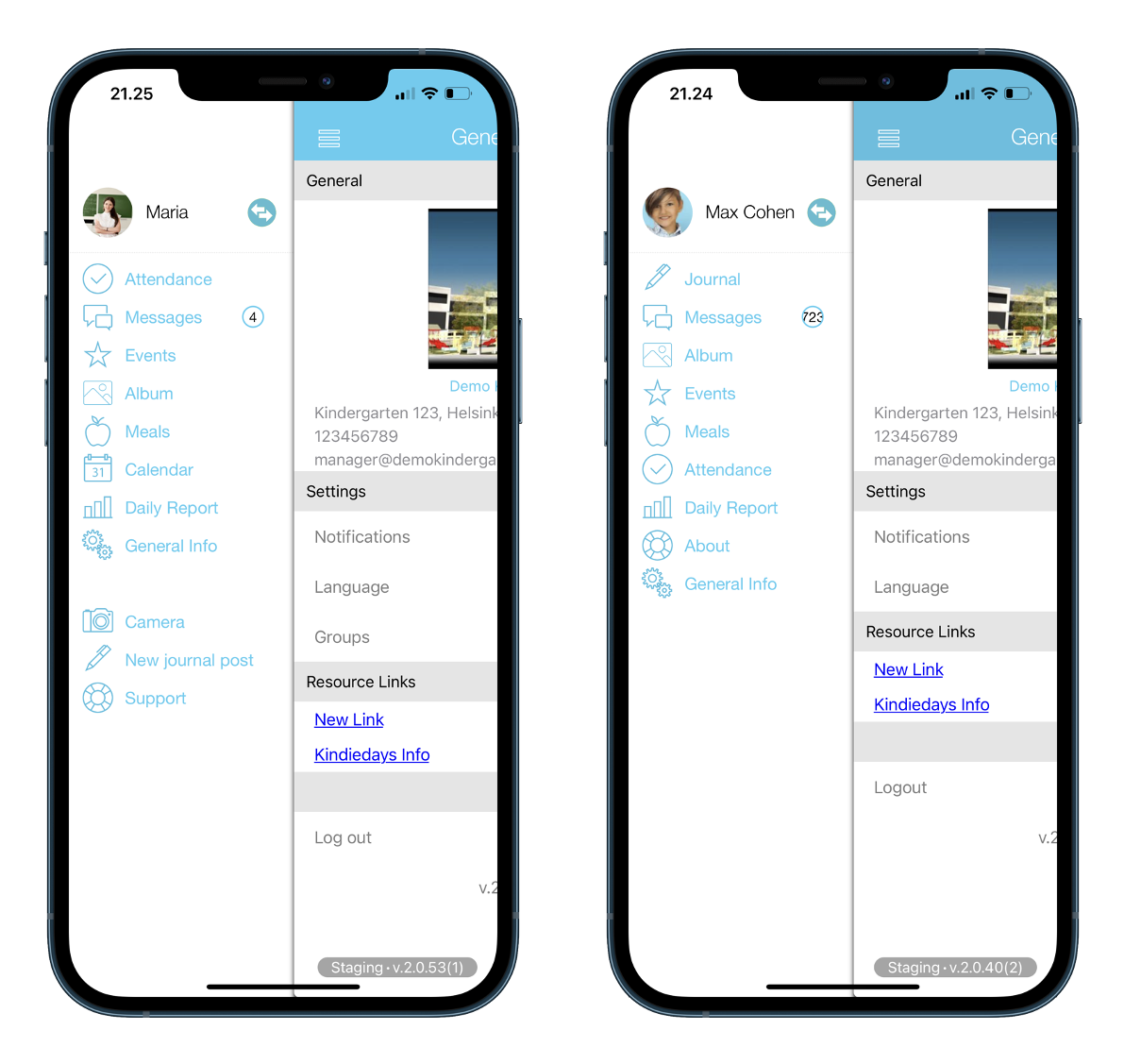
.png)
